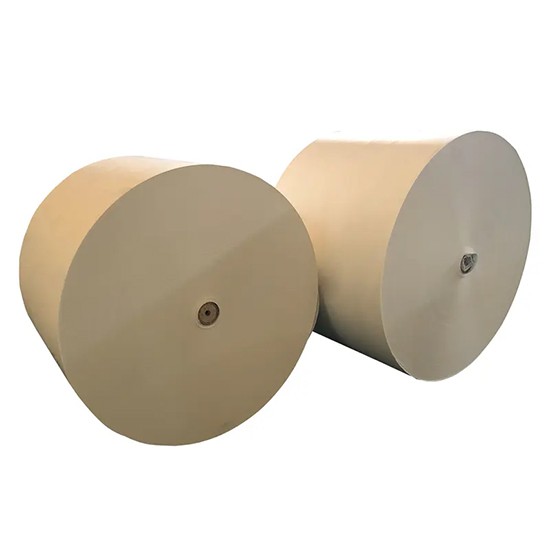The environmental benefits of using kraft paper are as follows:
Biodegradability
- Natural Decomposition: Kraft paper is fully biodegradable and compostable, breaking down naturally within a few weeks. This is in stark contrast to plastic, which can persist in landfills for hundreds of years and release toxic microplastics into the environment.
- Reduction of Long-term Waste Accumulation: Its biodegradability helps minimize the long-term accumulation of waste in landfills and the environment, contributing to a more sustainable waste management system.
Recyclability
- Multiple Recycling Cycles: Kraft paper can be recycled multiple times before its fibers weaken. This significantly reduces the need for new raw materials and conserves natural resources. The recycling process for kraft paper also requires less energy compared to plastic processing, further lowering its environmental impact.
- Support for Circular Economy: The recyclability of kraft paper enables a circular economy where resources are efficiently utilized and waste is minimized. By recycling kraft paper, it can be repurposed into new packaging materials, reducing the overall environmental footprint.
Sustainable Sourcing
- Renewable Resource: Kraft paper is made from wood pulp, which is a renewable resource. Many manufacturers source their wood pulp from sustainably managed forests, ensuring that trees are replanted to replace those that are harvested. This helps maintain a balance in the ecosystem and reduces the overall carbon footprint of production.
- Sustainable Forestry Practices: The use of kraft paper often involves sustainable forestry practices, which minimize the impact on natural resources and promote responsible sourcing. This commitment to sustainable practices ensures that the production of kraft paper is aligned with environmental conservation goals.
Lower Environmental Impact in Production
- Fewer Chemicals Used: The kraft process, which is used to produce kraft paper, involves fewer chemicals compared to other paper manufacturing methods. This reduces the potential for chemical pollution and makes the production process more environmentally friendly.
- Energy Efficiency: The production of kraft paper generally requires less non-renewable energy compared to the production of plastic. This lower energy consumption contributes to a reduced carbon footprint and a more sustainable manufacturing process.
- Byproduct Utilization: The byproducts of the kraft process, such as tall oil and turpentine, can be recovered and used in the manufacturing processes of other items. This further minimizes waste and maximizes resource utilization.












